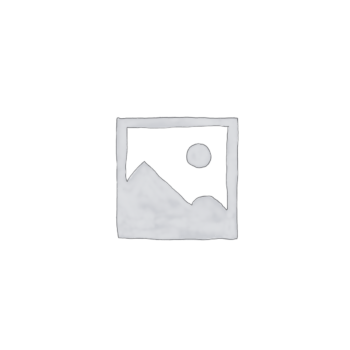Capital goods are fixed inputs that contribute to the production of other goods. Intermediate goods are the links between the raw materials and the final products in a production process. Therefore, these goods have an additional value that cannot be classified with raw materials. An intermediate good or consumer good is a product that is used to produce finished goods or products.
Intermediate goods and GDP
Instead, their value is accounted for in a way that avoids double-counting and accurately measures the final value added to the economy. The farm’s sales of blueberries to the general public are counted when determining the farm’s contribution to the US GDP; however, sales of blueberries to supermarkets and a jam factory are not. This avoids duplicate counting since the product will be sold to end users by grocery stores and jam producers, who will also be included in the GDP calculation. Operationally, optimizing the inventory of intermediate items is equally crucial to optimizing the inventory of completed goods. Under stocking could result in production delays for completed items, which could result in stock outs — that is, not enough product to satisfy consumer demand. Overstocking will result in higher carrying costs and run the risk of ingredients rotting or going out of date.
You can most easily account for all the goods in your warehouse with inventory software that automates your end-to-end inventory management. Capital goods don’t get transformed by dissolving or changing shape during production. For example, when the baker uses the intermediate good salt to create his bread, the salt is transformed into an indistinguishable element of the final loaf. But when he uses the oven, a capital good, the machine doesn’t change while baking the loaf.
Electronic Components for Appliances
Businesses usually sell these goods to other companies to be used to make a finished product, or in some cases, to be resold directly to consumers. There are times when intermediate goods are used to make other intermediate goods that are then used to make finished goods. This could spell disaster for your brand image and your profits. Many small businesses, depending on their industry, decide to create their own intermediate goods. Having control over your intermediate goods can stop you from experiencing supply chain strain. You must take steps to secure your trade flows of intermediate goods if you import most of them.
So, what is the difference between intermediate goods and finished goods? Basically, intermediate goods are components or materials used in the production of finished goods. Intermediate goods are also referred to as semi-finished products or producer goods and are typically sold between businesses, such as a producer selling to a manufacturer.
- Intermediate goods are essential for the production of final goods and services.
- Typically, when we consider the parts that make up a final product, we consider tangible raw materials like wood, metal, glass, or cloth.
- During the manufacturing process of producing completed items, intermediate goods may either become a component of the final product or they may undergo significant changes.
- Imagine that your supplier of intermediate goods suddenly breaks its contract or the supply fails.
Chemicals and Intermediate Chemical Products
Intermediate goods that fit both the intermediate and finished goods inventory classification can be used as ingredients for other things or consumed as a final product. The classic example of this is salt, which the baker can use to make bread, or a consumer can sprinkle on their dinner. Another example is sand, which can be used as an intermediate good to make concrete or glass or sold directly to consumers to fill a sandbox. Final goods, also called consumption goods or finished goods, are items that we buy to use or consume directly. Intermediate goods are things that become part of final goods including raw materials.
Many industries sell producer goods to one another for resale or so that manufacturers can create other products. The fact that services might be regarded as intermediary products should also be acknowledged. For instance, in the photography industry, examples of intermediate goods the service of processing images is regarded as the intermediate product, whilst the actual photographs are regarded as the final good.
Intermediate goods are not counted as part of GDP because they are already accounted for indirectly through the value added at each production stage. Intermediate goods, often termed “producer goods” or “semi-finished goods,” are products utilized in the production of other goods rather than being consumed directly by end consumers. Unlike final goods that find their way to store shelves and consumer homes, intermediate goods are essential components that undergo further processing before reaching their final form. These goods can encompass a broad spectrum, ranging from components used in manufacturing to materials involved in construction. During the manufacturing process of producing completed items, intermediate goods may either become a component of the final product or they may undergo significant changes. Capital goods are mostly tangible assets, the capital goods are physical in nature.

